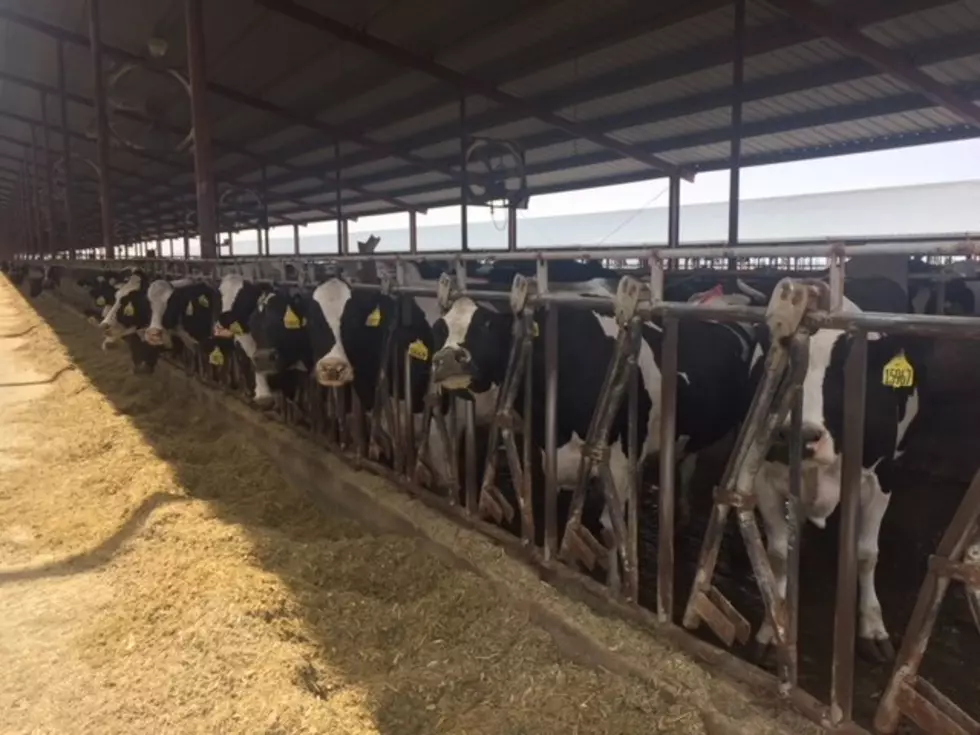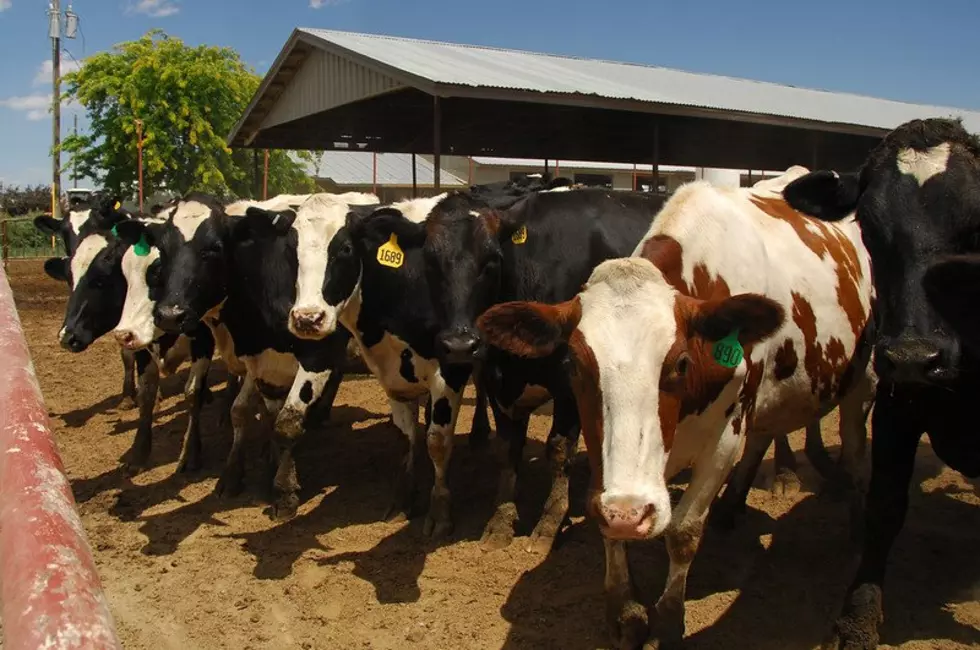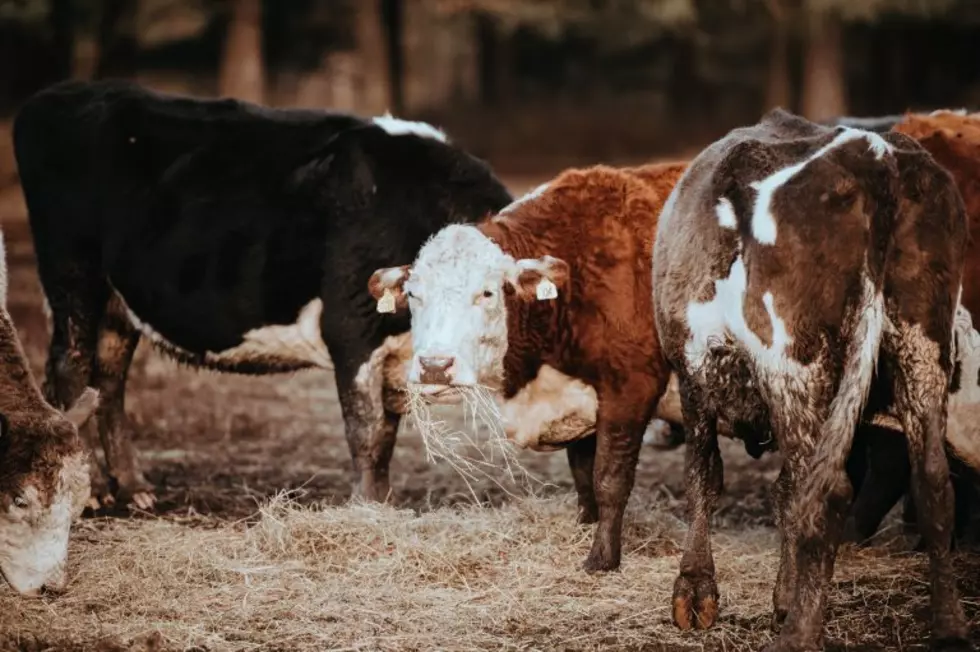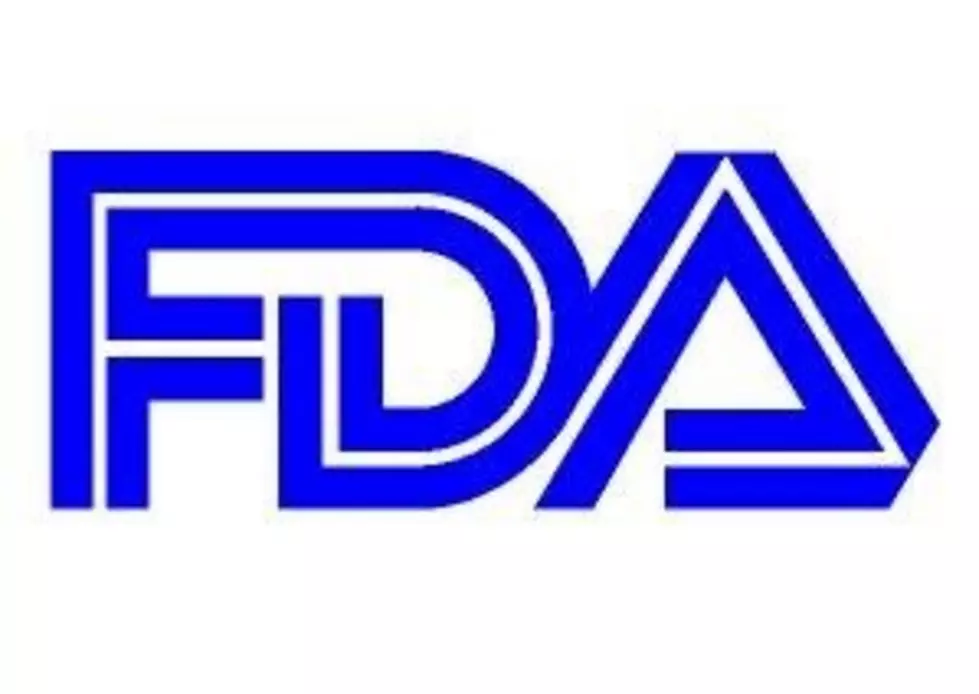
How Do Dairy Producers Balance Nutrition And Expenses?
Achieving profitability in the dairy industry today can seem like a game of dominoes. Every decision connects other aspects of your operation; sometimes in unforeseen ways.
Profits require high levels of milk production, which requires a large amount of high-quality feed. But how do farmers balance feed costs with nutrition and profit? Bill Weiss, a professor at The Ohio State University says there are many factors to consider.
“Cows need nutrients to make milk. There’s no question that cows that produce more milk need more nutrients. But there’s a lot of ways to get nutrients into diets, and feed costs can vary a couple dollars per cow for the same production level. What we really need to emphasize is to get away from the idea of thinking just about feeds, but think about nutrients.”
Weiss notes by switching up the type of feed, while still providing the same amount of nutrients, there’s a potential to lower feed costs. He added there are two major nutrients dairymen should focus on.
“Protein and energy are the big ones. Protein is not just protein; it’s certain amino acids and so on. What really matters is getting cows to eat. If you put together a diet that cows eat a lot, it can actually be a cheaper diet.”
Feeding dairy cows high-quality forage is an important factor, too. Weiss said producers should be aware of harvest timing and management, because both influence quality.
“Weather is a big factor, which we can’t control. A lot of this is, if everything is perfect and you make good forage, life is easy. If it rains for three weeks when it’s time to cut alfalfa, then you have to make adjustments.”
Weiss added in seasons where forage qualities are lower, producers should be prepared to make up the difference through the remainder of the cow’s diet.
“With what we know now, we can get by with feeding much less forage than we have in the past. Usually, it’s less profitable, but it’s better than feeding snowballs. If corn silage is less than optimal, you’re going to have to think of some options, by-products, etc.”
Like any management decision on the farm, keeping production goals top-of-mind is critical when it comes to profitability.
“We are in a, not a major fluid market anymore. We produce milk to eat as cheese, ice cream and butter….so these years and years of selling milk on components, the producers are responding, and we are producing more nutrient-dense milk now than we did 20 years ago,” Weiss added.
Producing large amounts of high-component milk requires a combination of proper nutrition, and genetics.
If you have a story idea for the PNW Ag Network, call (509) 547-1618, or e-mail gvaagen@cherrycreekmedia.com
More From PNW Ag Network









